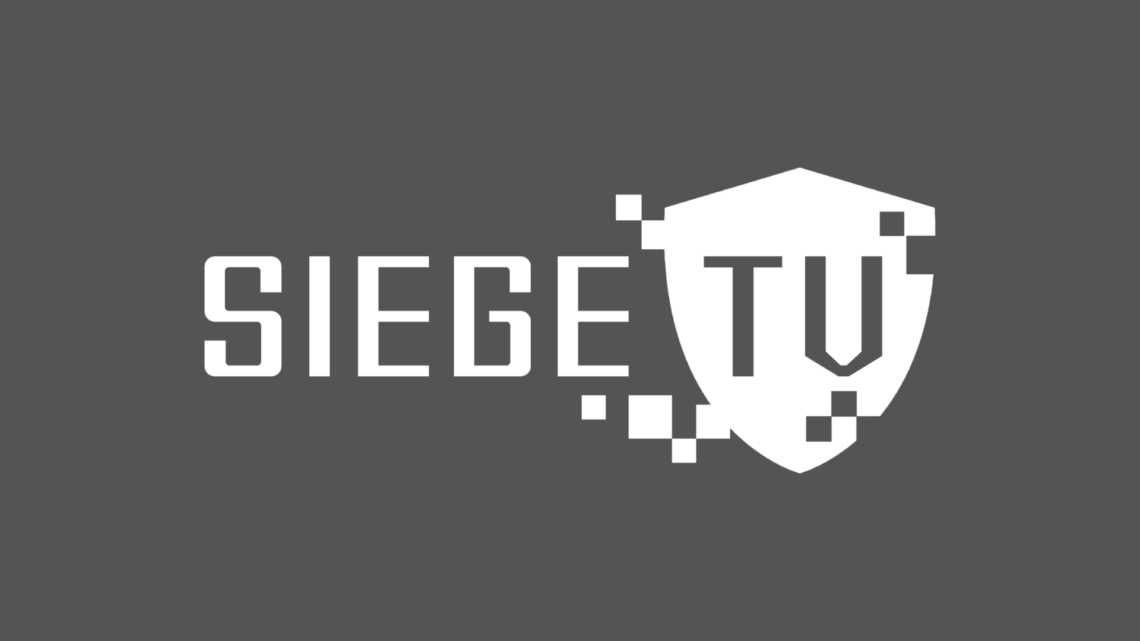
Pass-The-Hash (PtH) Attack
A Pass-The-Hash (PtH) attack is a sophisticated cybersecurity threat that targets Windows-based networks and exploits weaknesses in the authentication process. Here’s a summary of a Pass-The-Hash attack on a Windows Domain:
- Objective: The primary goal of a Pass-The-Hash attack is to gain unauthorised access to a Windows Domain by using hashed credentials (password hashes) rather than the actual plaintext passwords. This attack is particularly dangerous because it doesn’t require knowledge of the actual passwords.
- Authentication Process: In a typical Windows Domain environment, when a user logs in, their password is hashed and compared to the stored password hash in the security database (like the NTDS.dit file on a domain controller). If the hashes match, the user gains access.
- Attacker’s Method: To perform a PtH attack, an attacker first needs to obtain the password hash of a legitimate user. This can be achieved through various means, including malware, phishing, or exploiting vulnerabilities on a compromised system.
- Pass-the-Hash Attack Steps:
- Hash Extraction: The attacker extracts the password hash (NTLM hash) of a user from a compromised system or network.
- Hash Injection: The attacker uses the stolen hash to authenticate themselves to other systems or services within the Windows Domain. They “pass” the stolen hash instead of the actual password.
- Lateral Movement: Once authenticated on one system, the attacker can move laterally through the network, leveraging the compromised account’s privileges to access more sensitive resources.
- Avoiding Detection: PtH attacks can be challenging to detect because they don’t involve the transmission of plaintext passwords, making them less visible in network traffic. Traditional intrusion detection systems may struggle to identify these attacks.
- Mitigation and Prevention: To defend against Pass-The-Hash attacks, organisations should implement several security measures:
- Strong Authentication: Enforce the use of strong authentication mechanisms, such as multi-factor authentication (MFA), to make it more difficult for attackers to gain access even if they have hash values.
- Regular Patching: Keep systems and software up to date to minimize vulnerabilities that attackers might exploit to gain access.
- Least Privilege: Implement the principle of least privilege, ensuring users only have access to the resources necessary for their job roles.
- Monitoring and Detection: Employ advanced threat detection systems that can identify unusual activity, including multiple logins from different locations or the use of compromised credentials.
- Education and Training: Train users and IT staff about the risks and detection of PtH attacks and promote strong password practices.
In conclusion, Pass-The-Hash attacks pose a serious threat to Windows Domains, allowing attackers to move laterally through a network with stolen password hashes. Preventing these attacks requires a combination of technical measures, strong authentication practices, and ongoing security awareness.